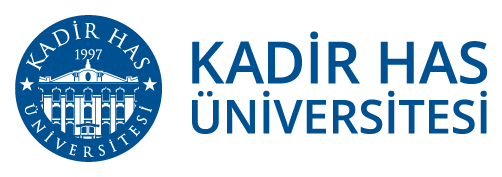
MDBF Webinarları – Dr. Farshad Miramirkhani
Mühendislik ve Doğa Bilimleri Fakültemizin düzenlediği webinar serisi kapsamında 21 Şubat Pazartesi saat 18.00’de Işık Üniversitesi’nden Dr. Farshad Miramirkhani, “Channel Modeling and Characterization for VLC-based Medical Body Sensor Networks: Trends and Challenges” başlıklı bir sunum yapacak.
Zoom üzerinden gerçekleşecek etkinlik ilgilenen herkesin katılımına açıktır.
Özet: It is estimated that around 70%-80% of the mobile data traffic takes place in an indoor environment. This requires the development of low cost, energy-efficient and high-speed indoor wireless access solutions. To release the pressure on highly congested radio frequency (RF) spectrum, visible light communications (VLC) has emerged as a complementary and/or alternative wireless access technology. VLC, also known as light fidelity (LiFi), is based on the principle of modulating light emitting diodes (LEDs) at very high speeds that are not noticeable by human eye. This lets the use of LED luminaires for wireless communication in addition to their primary function of illumination. Operating at optical bands with large bandwidth capacity, VLC can be utilized as a complementary technology where excess capacity demands of cellular or wireless fidelity (WiFi) networks can be offloaded. VLC can be also potentially used as an alternative in safety-critical and hostile environments such as hospitals, airplanes, petrochemical plants, mines where the use of RF is prohibited or partially restricted. The IEEE has established the standardization groups of the IEEE 802.15.13 (Short Range Optical Wireless Communications) and IEEE 802.11bb (Light Communications for Wireless Local Area Networking), which are currently in the process of developing a standard for VLC.
In this seminar, we focus on indoor VLC-based medical body sensor networks (MBSNs) which allow the LEDs to communicate between on-body sensors/subdermal implants and on-body central hubs/monitoring devices while also serving as a luminaire. As with any other communication system, realistic channel models are of critical importance for VLC system design, performance evaluation, and testing. In that respect, this seminar presents a realistic channel modeling approach called site-specific ray tracing that considers the skin tissue for the MBSNs channel modeling for realistic hospital scenarios.
Konuşmacı Hakkında: Dr. Farshad Miramirkhani received the BSc and MSc degrees in Electrical and Electronics, and Communication Engineering from University of Isfahan, Isfahan, Iran, in 2011 and 2014, respectively. He received his PhD degree in Electrical and Electronics Engineering from Ozyegin University, Istanbul, Turkey in 2018. He is currently an assistant professor at Isik University, Department of Electrical and Electronics Engineering. He has contributed to the standardization works of IEEE 802.15.13 (Short Range Optical Wireless Communications) and IEEE 802.11bb (Light Communications for Wireless Local Area Networking), and the LiFi channels developed by him were selected as the LiFi Reference Channel Models. His current research interests include optical wireless communications, VLC-based medical body sensor networks, indoor visible light communications, vehicular visible light communications, underwater visible light communications, and channel modeling. His distinctions include Ozyegin University Best Research Assistant Award in 2018, IEEE Turkey Ph.D. Thesis Award in 2019, Ord. Prof. Bedri Karafakioglu Research Incentive Award in 2019, and Isik University Outstanding Scientific Achievement Award in 2020. He currently serves on the editorial board of Wireless Communications for Frontiers in Communications and Networks.
